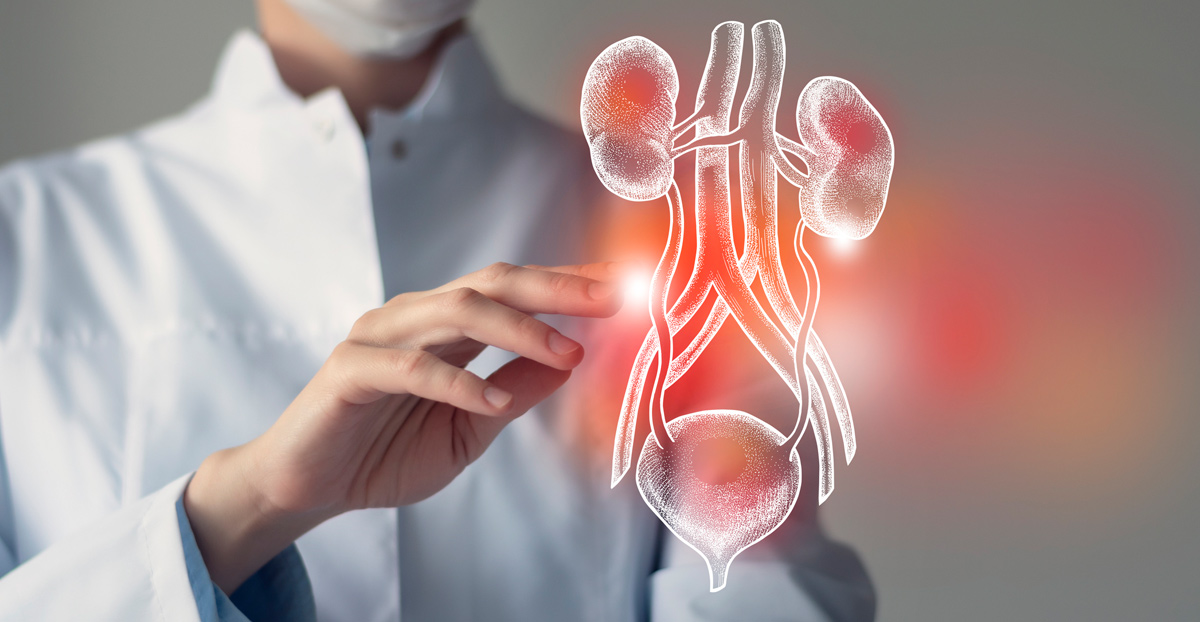

Bladder prolapse, also called cystocele, occurs when pelvic floor muscles and tissue supporting the bladder are stretched or weakened, causing the bladder to drop or bulge into the vagina. In severe cases, the prolapsed bladder can be seen in the vaginal opening.
Symptoms of Cystocele/Bladder Prolapse
Women with bladder prolapse may experience the following symptoms:
- Feeling or seeing a vaginal bulge
- Urinary incontinence
- Lack of relief right after voiding
- Frequent voiding or the urge to pass urine
- Slow urine stream
- Pain in the pelvis, vagina, lower abdomen, lower back, or groin
- Painful intercourse
- Heaviness or pressure in the vaginal area
- Tissue protruding from the vagina that is tender and/or bleeding
In some instances, women may not experience any symptoms.
Though a cystocele cannot be prevented, women can take steps to keep the cystocele from getting worse. Maintaining a healthy weight, avoiding heavy lifting, preventing and treating constipation, and controlling a chronic cough can help manage the condition.

Causes of Cystocele/Bladder Prolapse
Stress on the supportive “hammock” of muscles and tissue that keep the bladder in place can lead to bladder prolapse. Causes of the condition include:
- Multiple pregnancies
- Vaginal delivery
- Long or difficult childbirth
- Constipation
- Obesity
- Heavy lifting
- Chronic coughing
- Frequent straining to pass stool
- Menopause
- Aging
- Prior pelvic surgery
A family history of pelvic organ prolapse increases the risk of developing a cystocele.
Left untreated, bladder prolapse may stay the same or worsen over time. Severe prolapse can cause obstruction of the kidneys or urinary retention that may lead to kidney damage or infection.
Diagnosing Bladder Prolapse
Women experiencing symptoms of bladder prolapse will undergo a pelvic exam to measure how serious the prolapse is and to see which parts of the vagina are falling. The physician will review the patient’s medical history, family history, current and past medical problems, bowel habits, and over-the-counter and prescription medication.
The physician will then order tests and imaging studies to check the pelvic floor. Tests may include MRI, X-rays, ultrasound, urodynamics, post-void residual urine measurement, voiding cystourethrogram, and cystoscopy.
A cystocele is ranked using a grading or staging system, with Grade 1 being the mildest form.
Treatment Options For Bladder Prolapse
Women may not need treatment if they’re not experiencing any bothersome symptoms and if the condition isn’t blocking urine flow.
Behavior therapy can be done to ease symptoms. Treatment includes Kegel exercises to strengthen the pelvic floor muscles, pelvic floor physical therapy, and a pessary to support the vagina.
Drug therapy, called estrogen replacement therapy, may also help treat bladder prolapse.
In some cases, surgery may be necessary to repair the body and alleviate symptoms. Surgery may be done through the vagina or abdomen through the following methods:
- Open surgery involves making a single incision through the abdomen.
- Minimally invasive surgery is done through multiple incisions made in the abdomen.
- Laparoscopy involves multiple surgical instruments inserted through the abdominal wall.
- Robot-assisted laparoscopy involves placing robotic instruments through the abdominal wall, which are attached to robotic arms controlled by the surgeon.
Surgery may involve native tissue repair and augmentation with surgical material, such as a biological graft.
Prior to undergoing surgery, patients will learn about the risks, benefits, and alternatives to surgery for bladder prolapse.
